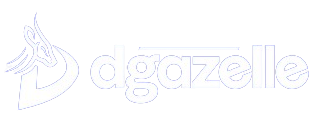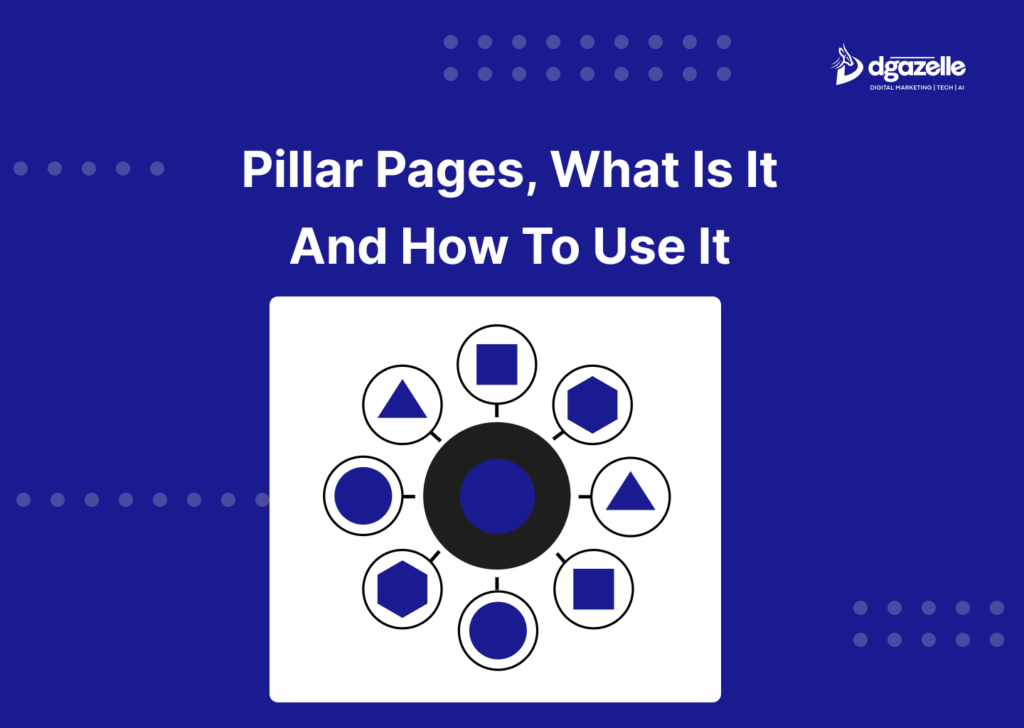Ever felt lost in a sea of online content, struggling to find clear, structured information? That’s where pillar pages come in.
A pillar page is a comprehensive, authoritative guide on a broad topic, serving as the foundation of a well-organized content strategy. It links to more specific, related content—known as topic clusters—making it easier for search engines to understand your site and for users to find exactly what they need.
For Nigerian business owners looking to improve their website’s visibility and engagement, pillar pages can be game-changers. When done right, they can boost traffic, enhance user experience, and increase conversions. But if implemented poorly, they can actually harm your SEO.
What Is a Pillar Page, Exactly?
Think of a pillar page as the foundation of your content strategy, the main hub that connects and organizes related topics in a structured way. It’s a comprehensive guide that introduces key themes while linking to in-depth articles (topic clusters) for further exploration.
More than just a content piece, a well-crafted pillar page enhances SEO by establishing context, relevance, and authority in search engines. When properly implemented, it boosts rankings, improves user experience, and keeps visitors engaged longer key factors for any Nigerian business looking to dominate its industry online.
How Long Should a Pillar Page Be?
Pillar pages are not your average blog post. They are in-depth, authoritative, and typically 2,000+ words long. But length isn’t the goal value is. These pages must cover a topic thoroughly, answering key questions while guiding users to more specific subtopics.
However, a pillar page alone won’t cut it. Just like a bicycle’s wheels rely on spokes for stability, pillar pages draw their strength from supporting cluster content.
Why Should You Use Pillar Pages?
Pillar pages are essential because they make your website more organized, helping both search engines and users navigate your content seamlessly. A structured approach not only enhances the user experience but also improves your Google ranking.
Google favors websites with logical hyperlink structures that clearly define content relationships. By strategically linking supporting articles to a central pillar, you signal relevance and expertise in your niche.
Moreover, the more thoroughly you cover a topic, the stronger your authority. A well-executed pillar page positions your business as an industry leader, helping you attract and convert more customers online.
How to Create an Effective Pillar Page
Creating a pillar page isn’t just about writing, it’s about strategy. Here’s how to build one that ranks well and delivers value.
Need help optimizing your website’s content structure? Dgazelle’s content experts craft high-ranking pillar pages that turn visitors into leads. Let’s build your authority!
Step #1: Choose the Right Topics
Start with keyword research. Tools like Ubersuggest, Google Trends, and AnswerThePublic help you find relevant topics and analyze competitor strategies.
But don’t just rely on tools, listen to your audience. Use social media, surveys, and online forums to discover their biggest pain points and questions. Competitor analysis can also highlight content gaps, topics your competitors aren’t covering well, giving you an edge.
Pro Tip: Refresh older content by turning it into a pillar page, expanding it with relevant subtopics for a stronger content structure. Lastly, stick with evergreen topics, ones that stay relevant long-term, so your effort keeps paying off.
Step #2: Use Keyword Research to Organize Your Content
Keyword research isn’t just about rankings—it’s about structuring your pillar page for clarity and relevance. Start by listing high-volume, business-relevant keywords using tools like Ubersuggest, Google Keyword Planner, or AnswerThePublic. Prioritize LSI (latent semantic indexing) keywords to improve search visibility.
How Keywords Strengthen Your Pillar Page
- Boost SEO: Naturally incorporating related keywords improves rankings.
- Content Planning: Keywords spark ideas for future blog posts linked to your pillar page.
- Stronger Internal Links: Well-structured pillar pages create seamless navigation, guiding readers to relevant content.
Take inspiration from Investopedia’s pillar page on home buying—it covers every angle, offers actionable steps, and links to supporting content.
Want a powerful SEO strategy for your business? Dgazelle’s expert content team can structure your website for maximum visibility and engagement.
Step #3: Create Your Pillar Page and Supporting Content
Now that you’ve laid the groundwork, it’s time to build your pillar page and supporting content. Keep these best practices in mind:
1. Prioritize Quality and Readability
Your pillar page isn’t just a content hub—it should be engaging and valuable on its own. Make it scannable with:
Bulleted lists for key points, Short paragraphs to improve readability, Images and visuals to break up text, Logical structure with clear sections
2. Link Strategically
- Internal links: Guide visitors to cluster content for deeper insights.
- Anchor text: Use relevant phrases instead of generic “click here” links.
- Calls-to-action (CTAs): Include non-intrusive CTAs like “Learn More” to maintain flow.
3. Follow Google’s E-E-A-T Principles
Your content should reflect Experience, Expertise, Authoritativeness, and Trustworthiness to rank better and build credibility.
Step #4: Build Backlinks to Your Pillar Pages
You’ve created a solid pillar page, but your job isn’t done yet! Now, it’s time to amplify its reach through backlinks, one of the strongest SEO ranking factors.
Start by auditing your current backlinks using Ubersuggest’s backlink checker to analyze the number of backlinks you already have, the domain authority of referring sites, and the spam score to avoid low-quality links.
Once you have this data, focus on securing quality backlinks by reaching out to industry bloggers and relevant websites to feature your content, writing guest posts for high-authority websites with links back to your pillar page, and joining trusted business directories like Nigeria’s Chamber of Commerce.
Conclusion
A well-structured pillar page isn’t just a content piece, it’s a powerful SEO tool that enhances user experience, boosts authority, and strengthens link-building efforts. By organizing your content around pillar pages, you create a seamless navigation path for visitors while signaling relevance to search engines. This structure fills content gaps, improves engagement, and increases visibility in search results.
Think of pillar pages as the backbone of your content strategy, the stronger they are, the more support they provide to your entire website. Ready to take your SEO game to the next level?
Don’t just wait for customers to find you—put your brand in front of them! Let’s craft an outbound marketing strategy that drives results. Get a Free Strategy Session Today!






